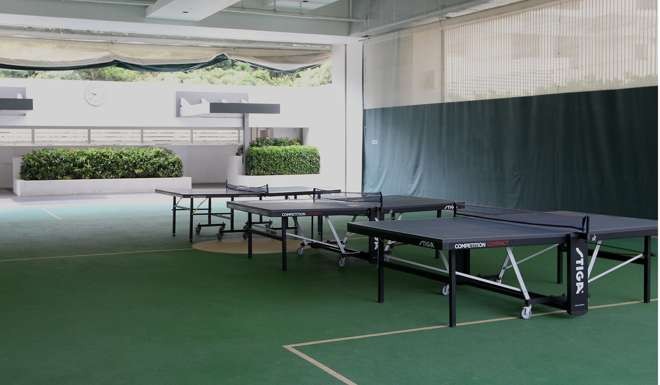How schools can be a hub of the community in space-scarce Hong Kong
Marty Forth and Paul Yip say successful ventures abroad that combine both community and school services reveal a good way to invigorate a neighbourhood


Compounding this problem is a lack of affordable public transport, which makes it difficult for poor families to commute regularly to other areas for services they need. These support-service deserts are found around Hong Kong, especially in the northwestern areas, and even in urban districts like Sham Shui Po and Kwun Tong.
Hong Kong does not lack quality service providers; quality space is the real concern. Finding usable space to host programmes and services in the most deprived communities is a challenge. Most service providers lack the funds needed to buy or rent suitable, safe space.
Yet, there are underutilised public facilities that are practically empty almost half of the time. We are talking about schools, a perfect choice as the space is already built and designed for multipurpose use – classrooms, physical education spaces and meeting rooms. Schools are also reasonably maintained, making them safe and in working order, and they sit empty for periods of time and almost all the summer.

Hong Kong’s ‘matchbox-style’ school buildings raise health and safety concerns
The co-creation of space is not a new idea. There are many successful multiple-service designs elsewhere that mirror this concept. One example is the Beacon initiative in New York, which just celebrated its 25th anniversary.
